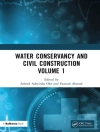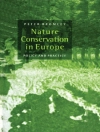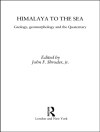Regulatory standards are already on the books at the the U.S. Environmental Protection Agency (EPA) to address health risks posed by inhaling tiny particles from smoke, vehicle exhaust, and other sources.At the same time, Congress and EPA have initiated a multimillion dollar research effort to better understand the sources of these airborne particles, the levels of exposure to people, and the ways that these particles cause damage.To provide independent guidance to the EPA, Congress asked the National Research Council to study the relevant issues. The result is a series of four reports on the particulate-matter research program. The first two books offered a conceptual framework for a national research program, identified the 10 most critical research needs, and described the recommended timing and estimated costs of such research.This, the third volume, begins the task of assessing the progress made in implementing the research program. The National Research Council ultimately concludes that the ongoing program is appropriately addressing many of the key uncertainties. However, it also identifies a number of critical specific subjects that should be given greater attention. Research Priorities for Airborne Particulate Matter focuses on the most current and planned research projects with an eye toward the fourth and final report, which will contain an updated assessment.
Board on Environmental Studies and Toxicology & Commission on Life Sciences
Research Priorities for Airborne Particulate Matter [PDF ebook]
III. Early Research Progress
Research Priorities for Airborne Particulate Matter [PDF ebook]
III. Early Research Progress
Mua cuốn sách điện tử này và nhận thêm 1 cuốn MIỄN PHÍ!
Ngôn ngữ Anh ● định dạng PDF ● Trang 188 ● ISBN 9780309565257 ● Nhà xuất bản National Academies Press ● Được phát hành 2001 ● Có thể tải xuống 3 lần ● Tiền tệ EUR ● TÔI 7147140 ● Sao chép bảo vệ Adobe DRM
Yêu cầu trình đọc ebook có khả năng DRM












